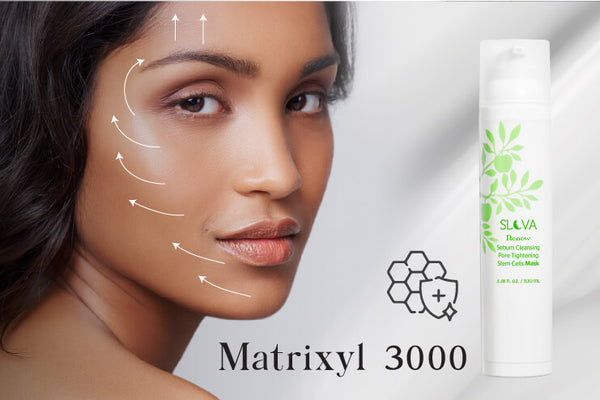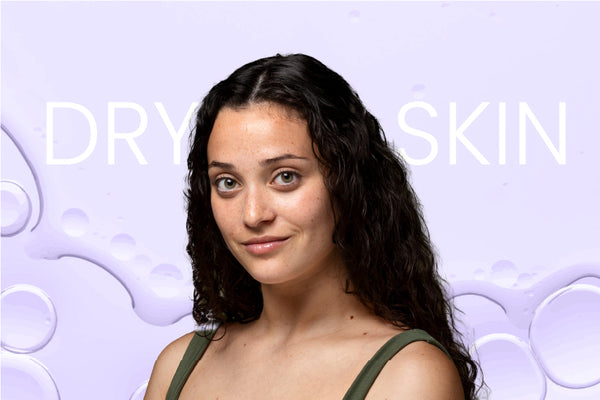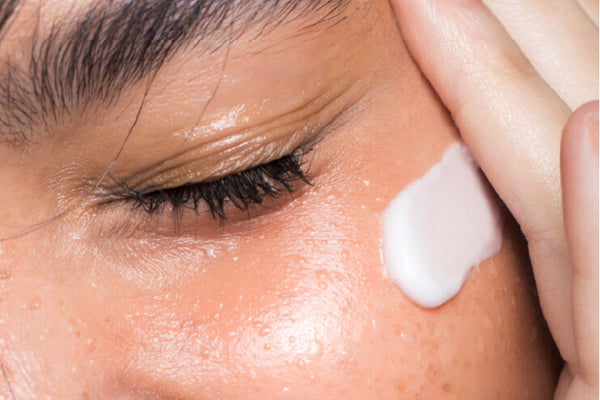Note: "Add 2 products to avail Buy 1 Get 1.
Not Applicable on Combo products."
Chemical VS Physical Sunscreen: Which One Is Better?

We’re all aware that it’s important to wear broad-spectrum sunscreen (30+ SPF) every day, but did you know there is another category you should be paying attention to? The type of sunscreen. There are basically two types of sunscreens available: Physical Sunscreen and Chemical Sunscreen.
We know choosing the right skincare product including sun protection can be a heavy task. But both types have unique pros and cons, and knowing the difference can save your skin from harmful sun rays and heat.
Physical Sunscreen
Physical sunscreens, sometimes called mineral sunscreens or sunblocks, act as a shield by sitting on the skin’s surface and deflecting UV rays to prevent sunburn. They use mineral-based ingredients zinc oxide and titanium dioxide, which help to reflect and scatter harmful rays from the sun.
Physical Sunscreen’s pros and cons:
| Pros | Cons |
| Offers protection from both UVA and UVB rays of the sun | Frequent application is required, as it can rub off, sweat off and rinse off easily |
| Safe for babies and during pregnancy | Can appear white or chalky on the skin, especially on darker skin tone |
| Starts working as soon as it is applied | Can feel thick under makeup or increase perspiration |
| Less likely to irritate sensitive skin | Are thicker, which requires more effort to rub in |
| Longer shelf life | Needs to be applied generously to be fully effective |
Chemical Sunscreen
Chemical sunscreens, sometimes called organic sunscreens, contain chemical compounds that absorb UV rays and release damaging UV rays. It sinks into the skin and acts as a sponge to absorb sun rays and prevents UV damage through a chemical reaction. The chemical compounds include formulas like oxybenzone, dioxybenzone, avobenzone, octocrylene, homosalate, octinoxate, and other chemicals. These chemicals change absorbed UV rays into heat, which is then released from the skin and scattered.
Chemical Sunscreen’s pros and cons:
| Pros | Cons |
| Ideal for daily use, as it is thinner and spreads on the skin like a lotion | Increased risk of irritation and stinging |
| Less amount is needed to protect the skin | Becomes effective approximately 20 minutes after its application |
| Easier to use with other products like enzymes and peptides | Can clog pores and surge breakouts on acne-prone skin |
| It changes UV rays into heat which can exacerbate flushing. Thus increases chances of redness for rosacea-prone skin |
Chemical sunscreen is a better option if you:
- Are swimming and need a water-resistant SPF
- Play sports or sweat a lot during the day
- Need a sunscreen that absorbs quickly into the skin
Summing up
If the only active ingredients listed on your sunscreen’s label are titanium dioxide and/or zinc oxide, it’s a physical sunscreen. Although there are some hybrid formulas that contain both chemical and physical ingredients.
While choosing any sunscreen, physical or chemical, look for these things: broad-spectrum, SPF 30 or higher, oil-free, paraben-free, fragrance-free, and noncomedogenic.
Remember: Do not step outside without applying sunscreen.


